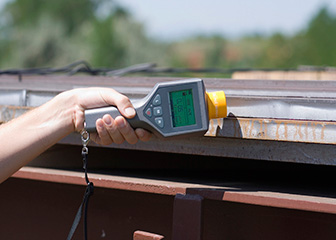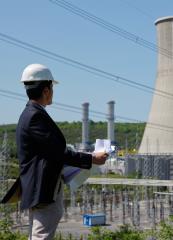Summary

| Quick Facts: Nuclear Technicians | |
|---|---|
|
$104,240 per year
$50.11 per hour |
|
| Associate's degree | |
| None | |
| Moderate-term on-the-job training | |
| 6,000 | |
| -8% (Decline) | |
| -500 | |
What Nuclear Technicians Do
Nuclear technicians assist physicists, engineers, and other scientists in nuclear power generation and production activities, such as operating or maintaining nuclear testing equipment.
Work Environment
Nuclear technicians typically work in nuclear power plants or in laboratories. Most work full-time. In power plants, their work schedules may vary to include nights, holidays, and weekends. Nuclear technicians must take precautions to avoid exposure to radiation.
How to Become a Nuclear Technician
Nuclear technicians typically need an associate’s degree in either nuclear science or a nuclear-related technology. Some enter the occupation with a high school diploma or postsecondary nondegree award plus experience, such as from the military or an apprenticeship. Once hired, nuclear technicians typically receive extensive on-the-job training.
Pay
The median annual wage for nuclear technicians was $104,240 in May 2024.
Job Outlook
Employment of nuclear technicians is projected to decline 8 percent from 2024 to 2034.
Despite declining employment, about 700 openings for nuclear technicians are projected each year, on average, over the decade. All of those openings are expected to result from the need to replace workers who transfer to other occupations or exit the labor force, such as to retire.
State & Area Data
Explore resources for employment and wages by state and area for nuclear technicians.
Similar Occupations
Compare the job duties, education, job growth, and pay of nuclear technicians with similar occupations.
More Information, Including Links to O*NET
Learn more about nuclear technicians by visiting additional resources, including O*NET, a source on key characteristics of workers and occupations.
 United States Department of Labor
United States Department of Labor










